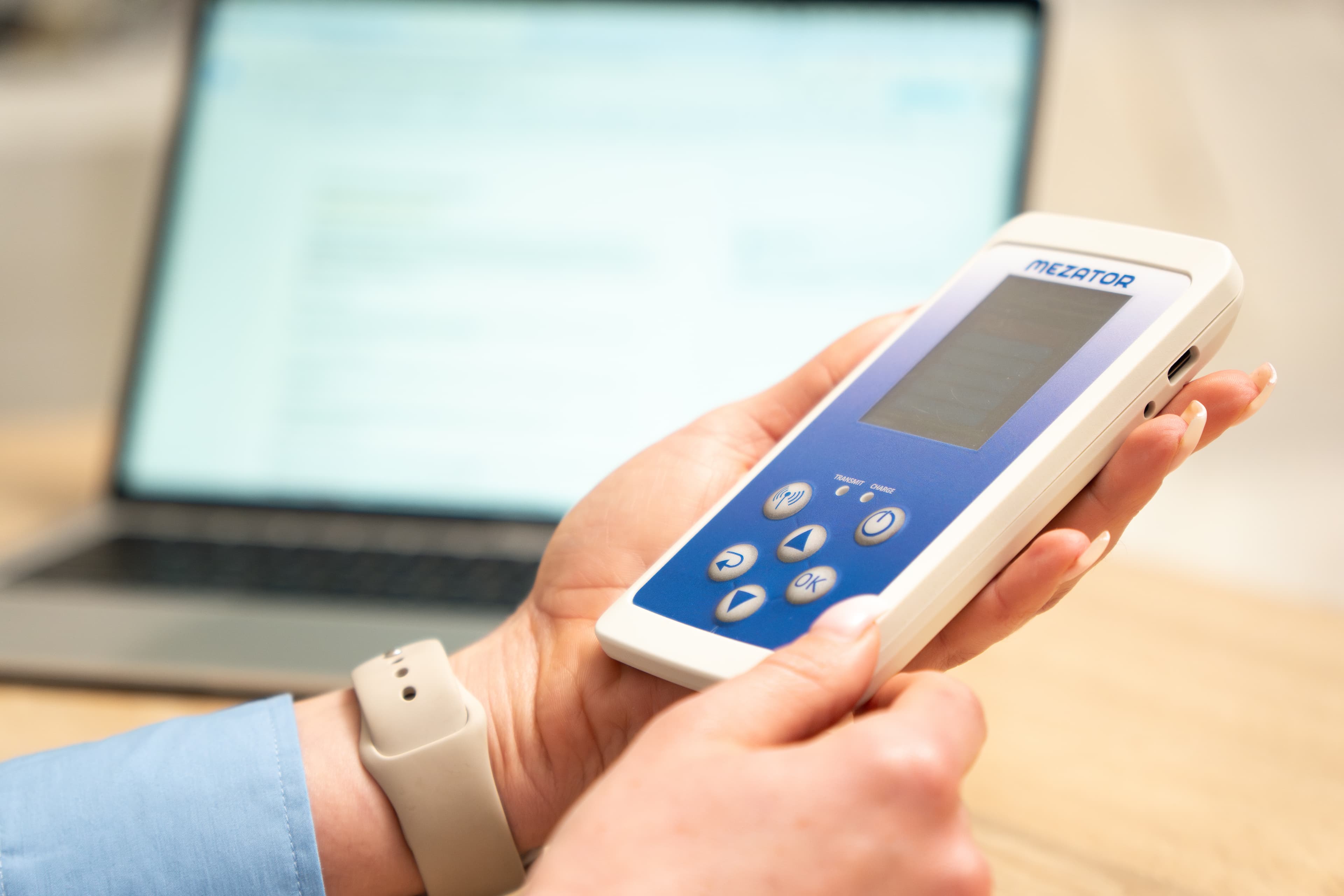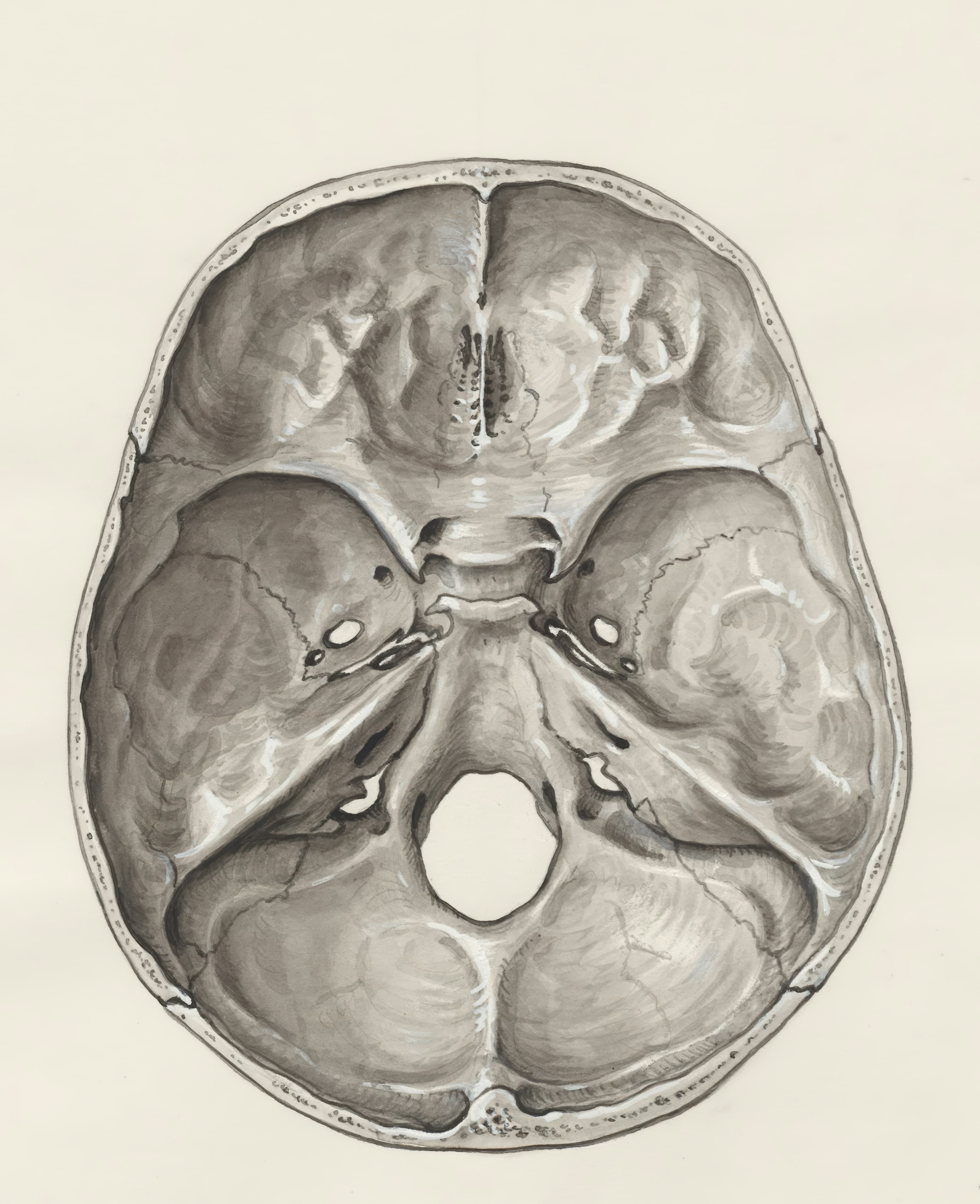A stroke occurs when there is a disruption in the blood supply to the brain, leading to the death of brain cells. This disruption can be caused by either a blocked or ruptured blood vessel, resulting in two primary types of strokes: ischemic and hemorrhagic. Understanding the underlying cause is crucial for informing the appropriate treatment and management strategies.
Decoding the Basics: What is a Stroke?
Red Flags: Stroke Symptoms to Watch Out For
Knowing the red flags for stroke symptoms is crucial for early detection and intervention. Some key symptoms to watch out for include sudden numbness or weakness in the face, arms, or legs, especially if it occurs on one side of the body. Trouble speaking or understanding speech, sudden vision problems, and severe headache with no known cause are also important red flags. It's important to remember the acronym F.A.S.T. as a guide for recognizing stroke symptoms: Face drooping, Arm weakness, Speech difficulty, and Time to call emergency services. If you or someone you know experiences any of these symptoms, it's critical to seek medical attention immediately. Time is of the essence when it comes to treating a stroke, so recognizing the red flags and seeking help promptly can make a significant difference in the outcome. Education and awareness about these warning signs are key in preventing long-term disability or even death from a stroke.
The Sudden Onset: Key Indicators of a Potential Stroke
One of the defining characteristics of a stroke is its sudden onset. Common symptoms include the sudden onset of numbness or weakness on one side of the body, particularly the face, arm, or leg. Other warning signs may include confusion, difficulty speaking or understanding speech, severe headache, dizziness, and trouble with coordination or balance. It is essential to recognize these symptoms and seek immediate medical assistance.
Variability in Presentation: How Strokes Can Differ in Symptomatology
While some stroke symptoms are readily identifiable, others may be less obvious or even mimic other conditions. The manifestation of symptoms can vary depending on the location and extent of brain damage. For example, strokes affecting the frontal lobe may result in personality changes, while those in the temporal lobe can lead to language difficulties. Being aware of these variations can help in recognizing the signs of a stroke.
Early Recognition: Vital Signs of a Stroke
Recognizing the early signs of a stroke is vital in order to seek immediate medical attention and minimize the potential damage. One of the most important vital signs to look for is sudden numbness or weakness in the face, arm, or leg, especially on one side of the body. Additionally, difficulty speaking or understanding speech, sudden trouble seeing in one or both eyes, and a sudden severe headache with no known cause are other key indicators of a potential stroke. It is crucial to remember the acronym FAST when assessing for signs of a stroke: Face drooping, Arm weakness, Speech difficulty, and Time to call emergency services. If any of these symptoms are present, it is important to act quickly and seek medical help. The faster a stroke victim receives medical treatment, the better the chances are for a good recovery. By recognizing the vital signs of a stroke early on, individuals can help ensure that proper care is administered as quickly as possible, potentially saving lives and minimizing long-term disabilities.
The FAST Approach: Face, Arms, Speech, Time
To aid in the prompt recognition of a stroke, medical professionals use the FAST acronym. It stands for Face, Arms, Speech, and Time. If someone's face droops on one side when asked to smile, they have difficulty raising both arms, or their speech is slurred, it may indicate a stroke. Time is critical, and immediate action should be taken by calling emergency services to ensure timely treatment.
Beyond the Obvious: Subtle Signs That Shouldn't be Ignored
In addition to the classical stroke symptoms, there are some subtle signs that should not be overlooked, as they may also indicate the occurrence of a stroke. These include sudden changes in vision, confusion, difficulty walking, severe dizziness or imbalance, or a sudden, severe headache with no known cause. Observing and recognizing these less evident signs can lead to earlier detection and intervention.
Beyond the Event: Stroke Recovery and Rehabilitation
After the acute phase of a stroke, the focus shifts to recovery and rehabilitation. The extent and speed of recovery vary from person to person, depending on the severity of the stroke and the individual's overall health. Rehabilitation programs may include physical therapy to regain motor skills, occupational therapy to regain daily living skills, speech therapy for language difficulties, and psychological support for emotional recovery.
Categorizing the Event: Types of Strokes
When categorizing the event of strokes, it's important to recognize the different types of strokes that can occur. Ischemic strokes, which are caused by a blockage in an artery leading to the brain, are the most common type of stroke. Hemorrhagic strokes, on the other hand, occur when a blood vessel in the brain leaks or ruptures. Transient ischemic attacks (TIAs), often referred to as "mini-strokes," are caused by a temporary disruption of blood flow to the brain. It's important to be able to distinguish between these different types of strokes because the treatment and long-term effects can vary greatly depending on the type. Ischemic strokes may be treated with clot-busting medication, while hemorrhagic strokes may require surgery to repair the bleed in the brain. By understanding the different types of strokes and their causes, healthcare professionals can better diagnose and treat patients who have experienced a stroke.
Ischemic vs. Hemorrhagic: The Two Major Classifications
Ischemic strokes are the most common type, accounting for approximately 87% of all strokes. They occur when a blood clot blocks a blood vessel supplying the brain. In contrast, hemorrhagic strokes result from bleeding in the brain, often caused by a ruptured blood vessel. Understanding the underlying mechanisms of these two types is crucial for determining appropriate treatment approaches.
Dive Deeper: Subtypes and Their Unique Characteristics
Within the broad classifications of ischemic and hemorrhagic strokes, there are additional subtypes that have distinct characteristics and treatment considerations. These subtypes may include embolic strokes caused by blood clots originating elsewhere in the body and thrombotic strokes caused by blood clots forming directly in the arteries supplying the brain. Each subtype requires tailored management strategies.
Stroke Patients - Stroke Rehabilitation and Stroke Survivors
Stroke patients often require rehabilitation to regain lost skills and abilities after experiencing a stroke. Stroke rehabilitation programs can include physical therapy, occupational therapy, and speech therapy to help patients relearn how to perform daily activities and improve their communication skills. These programs are designed to address the physical, emotional, and cognitive challenges that can arise after a stroke. Stroke survivors may experience difficulties with movement, balance, and coordination, as well as problems with speech, memory, and emotional regulation. It is important for stroke survivors to receive ongoing support and care to help them cope with these challenges and improve their quality of life. With proper rehabilitation and support, many stroke survivors are able to regain independence and live fulfilling lives. However, each individual's journey to recovery is unique, and it is important for stroke patients and their families to have access to a comprehensive support network to help them navigate the complexities of life after a stroke.





